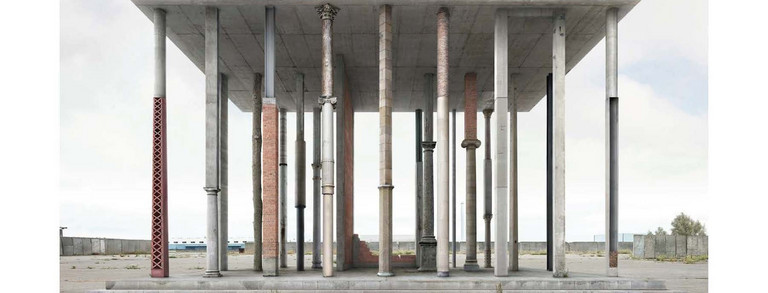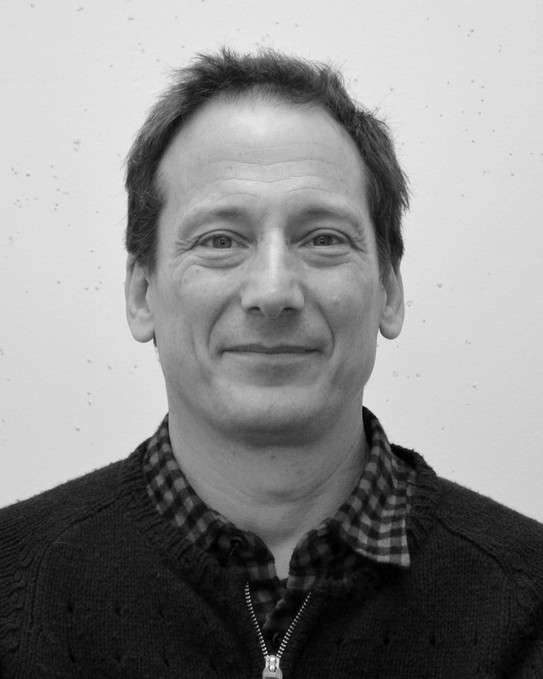
You are here:

Adam Caruso was born in Montreal, studied architecture at McGill University and established his practice with Peter St John in 1990. Caruso St John Architects has offices in London and Zurich and has built throughout Europe, undertaking projects that range in scale from major urban developments and cultural projects to intricate interventions in complex historic settings.
The practice first rose to prominence after winning the competition for the New Art Gallery Walsall (2000) and was awarded the 2016 RIBA Stirling Prize, the UK’s most prestigious architecture award, for the Newport Street Gallery. Alongside it’s cultural work, the practice has assembled a portfolio of projects that intervene in a city’s fabric at the scale of an urban quarter. Projects recently completed include the Lycée Hôtelier de Lille and the headquarters for the Bremer Landesbank in Bremen, with work underway on substantial developments in London, Antwerp, Cologne, Hamburg, Munich and Zurich. In 2018 Caruso St John represented Britain in the Venice Architecture Biennale.
Since 2011, Adam Caruso has been Professor of Architecture and Construction at the ETH Zurich.

A time and a place for the monumental
I am not an architect who is afraid of the monumental. Many of the buildings that I admire; HH Richardson’s Marshall Field’s Warehouse, Sullivan and Adler’s Guaranty Buildings, Jože Plečnik’s work at Prague Castle, and Lina Bo Bardi’s SESC Pompeia, are monumental. I believe that architecture should be communicative, and it is specifically in the monumental that buildings express the values of the society that has built them and provide a stage for that society to enact its rituals, both sacred and profane. The Acropolis in Periclean Athens was the setting for religious ceremonies, while the Guaranty Building provided both an expression of and accommodation for the dynamism of late 19th century American capitalism. SESC Pompeia in São Paulo continues to provide amenities for a local community at the same time as expressing and consolidating their claim to the site. Despite its best efforts, architecture continues to be rooted to its site and bound to its time. Although much contemporary production mistakes the empty rhetoric of the spectacular for the monumental, a retreat into gnomic mystery cannot provide an effective resistance to the smooth inscrutability of the contemporary. It is precisely in its synthesis of the representational and the performative that the monumental continues to be relevant and suggests new ways to make architecture.
